Comic Book Printing: Answers to the Most Common Questions
 Jul 24,2025
Jul 24,2025

 SESE
SESE
Comic Book Printing: Answers to the Most Common Questions
Printing a comic book is an exciting step for artists, writers, and publishers alike. Whether you’re self-publishing or preparing for mass distribution, understanding the production process is essential. Here are answers to the most frequently asked questions to help you achieve professional results:
1. What Paper to Use for Comic Book Printing?
Interior Pages: Standard choices are:
* Newsprint: Traditional, economical, slightly rough feel (common for floppies).
* Uncoated Matte/Offset: Smooth, non-glossy, provides excellent color reproduction and readability (popular for graphic novels and indie comics). Weight typically 70-100 lb text.
* Coated Matte/Gloss: Smoother, more vibrant colors than uncoated. Gloss is shinier and more durable; Matte has a sophisticated, glare-reduced finish. Weight typically 80-100 lb text.
Covers: Almost always heavier stock (80-130 lb cover weight) and often coated (Matte or Gloss) for durability and impact. Lamination (Matte/Gloss) adds extra protection.
2. What Are the Ink Color Options for Comic Book Printing?
* Full Color (CMYK): The standard for most modern comics. Uses Cyan, Magenta, Yellow, and Black inks combined to create the full color spectrum.
* Spot Colors (Pantone): Uses specific pre-mixed inks for exact color matches. Ideal for limited color palettes (e.g., duotone), specific brand colors, or adding metallic/fluorescent effects. Can be used alone or alongside CMYK.
* Black & White: Uses only black ink. Can be printed on white or off-white/tinted paper.
3. What Binding Methods Are Used for Comic Books?
|
|
|
|
Saddle Stitching |
Perfect Binding |
Hardcover Binding |
* Saddle Stitching: Staples through the centerfold spine. Ideal for lower page counts (typically up to 64-80 pages, depending on paper thickness). Common for floppy comics.
* Perfect Binding: Pages are glued together at the spine with a flexible adhesive and attached to a wrap-around cover. Creates a square spine. Best for graphic novels and thicker comics (usually 48+ pages).
* Hardcover Binding: Similar to perfect binding but with rigid board covers. More durable and premium. Includes casewrap (cover image printed directly on boards) and dust jackets.
4. What Finish or Custom Options Are Available?
|
|
|
|
Matte Lamination |
Gloss Lamination |
Soft Touch |
* Lamination: Protective plastic coating applied to covers: Gloss (high shine, vibrant), Matte (smooth, non-reflective, sophisticated), Soft Touch (velvety feel).
|
|
|
|
|
|
Spot UV |
Foil Stamping |
Die-Cutting |
Embossing |
Debossing |





 Home
Home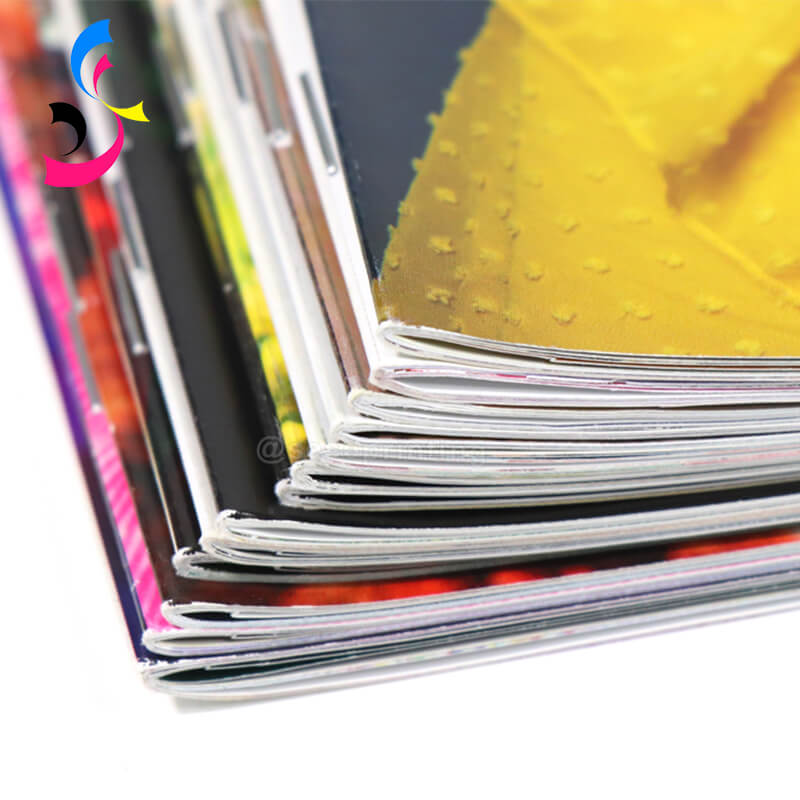
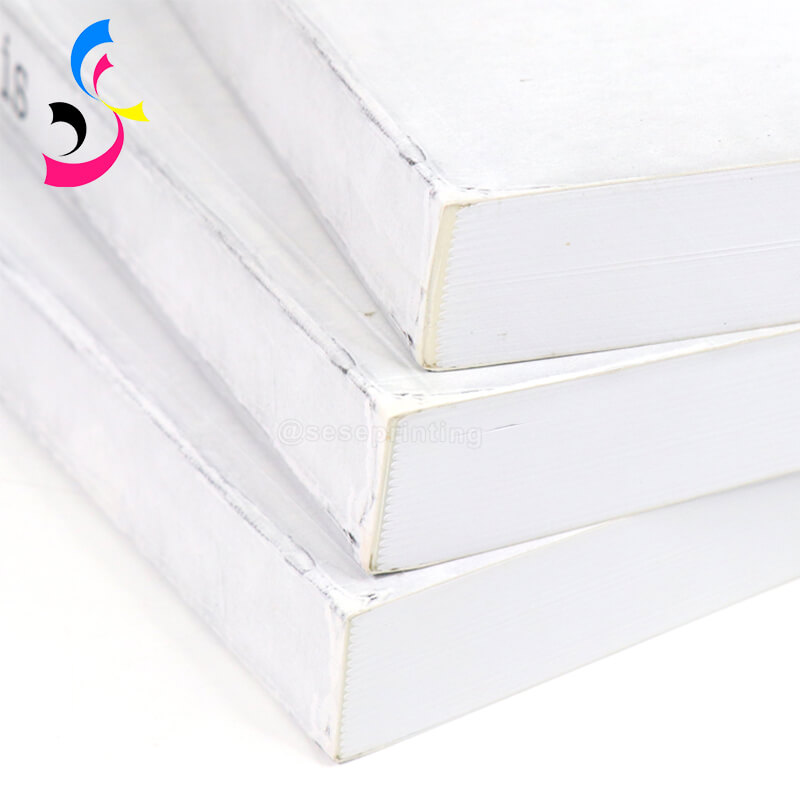
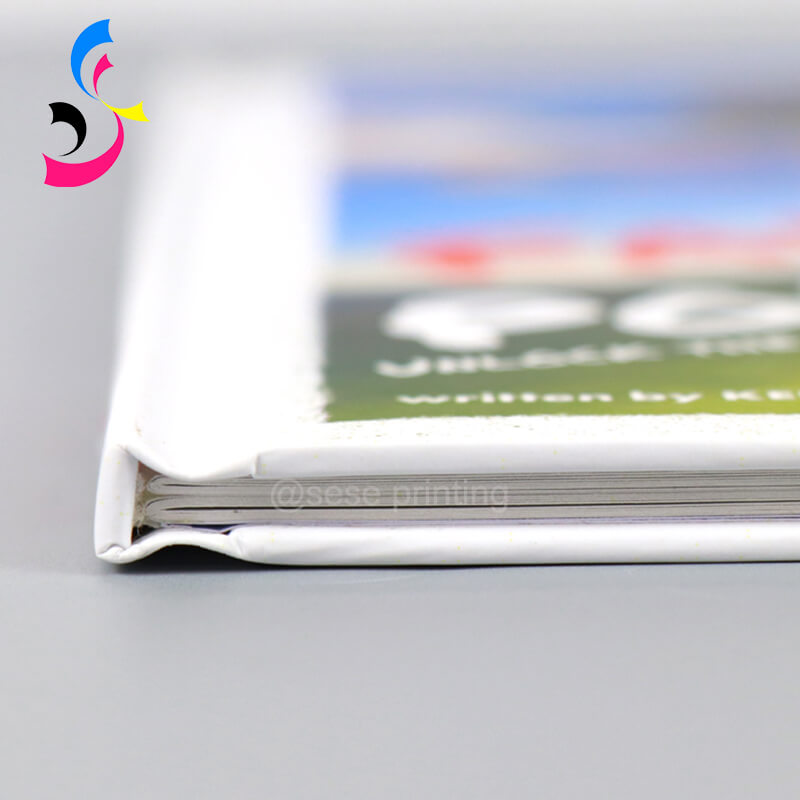
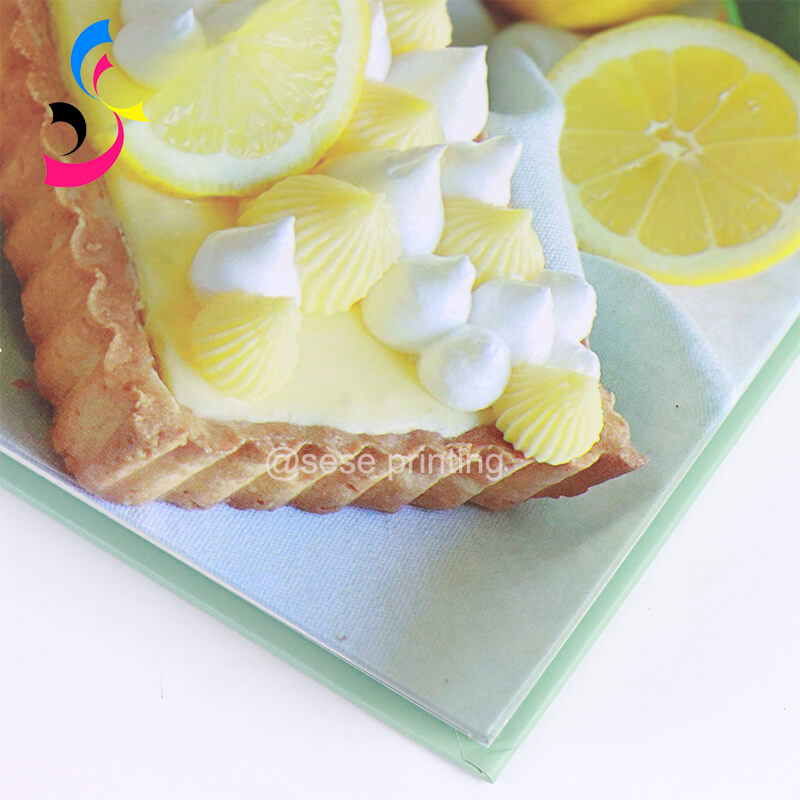
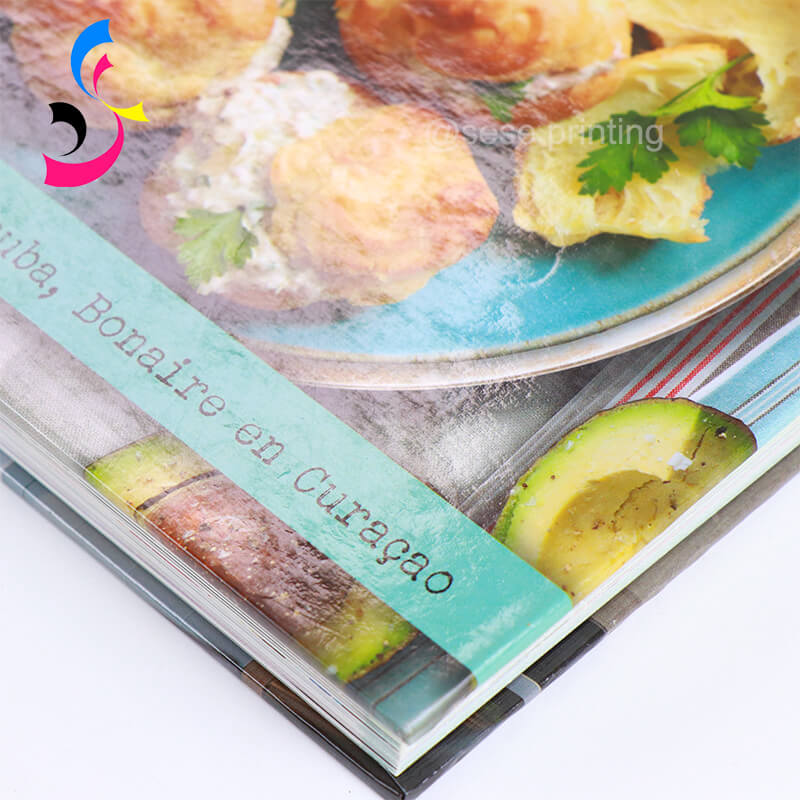
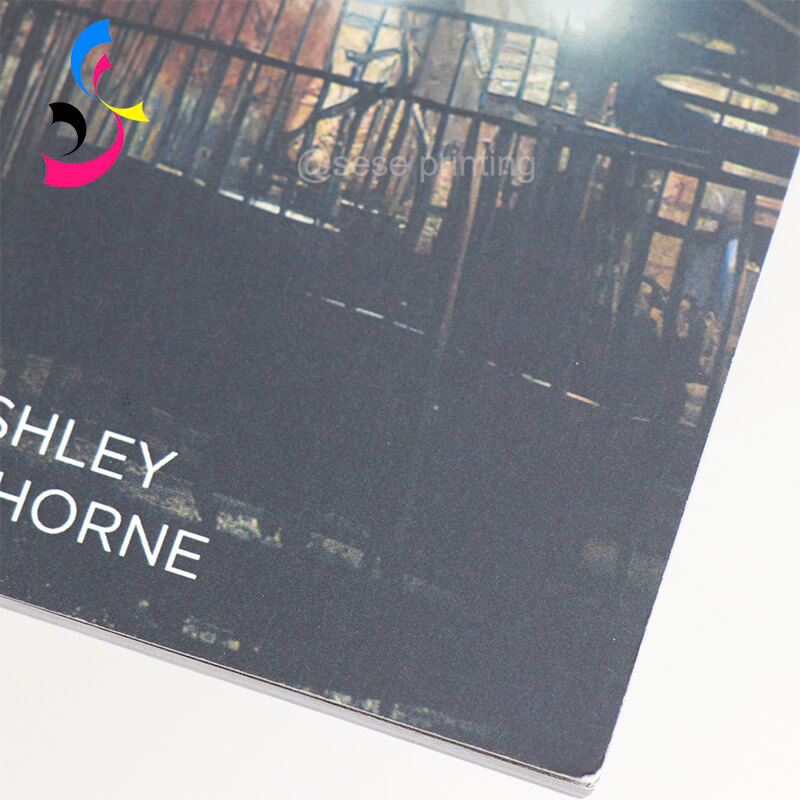

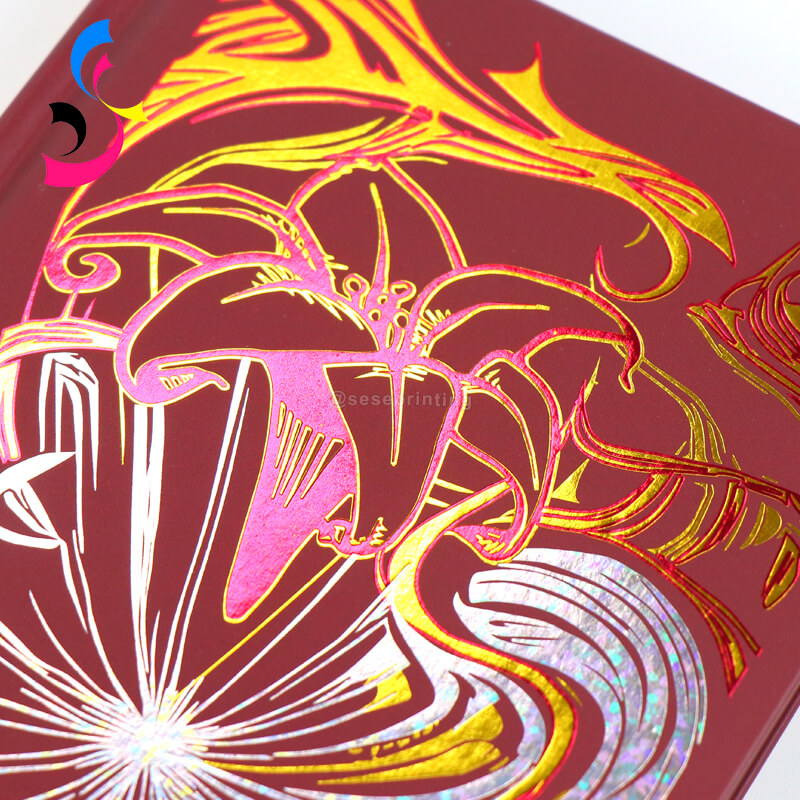
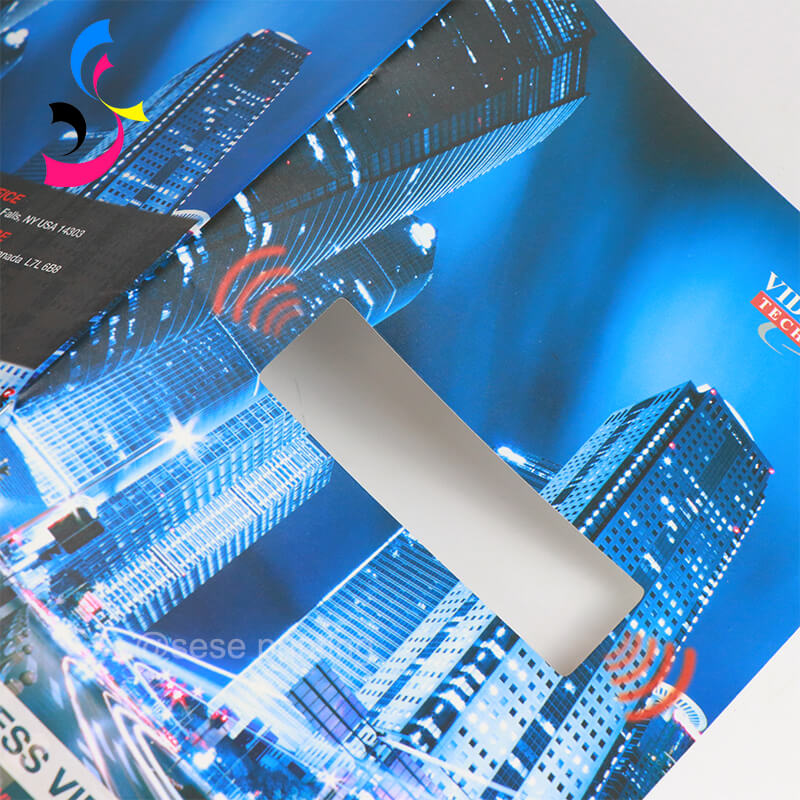
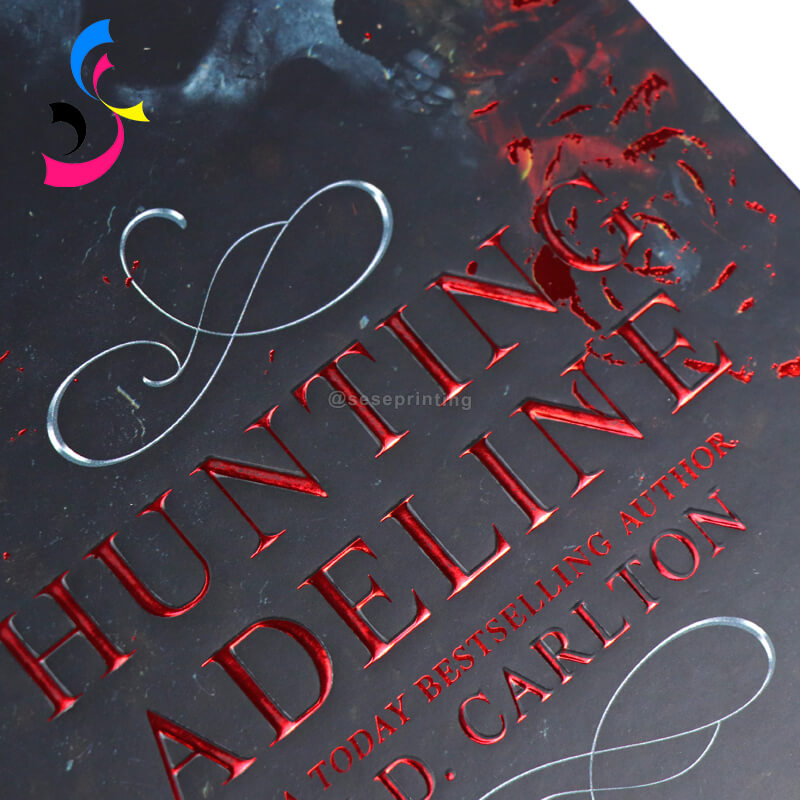
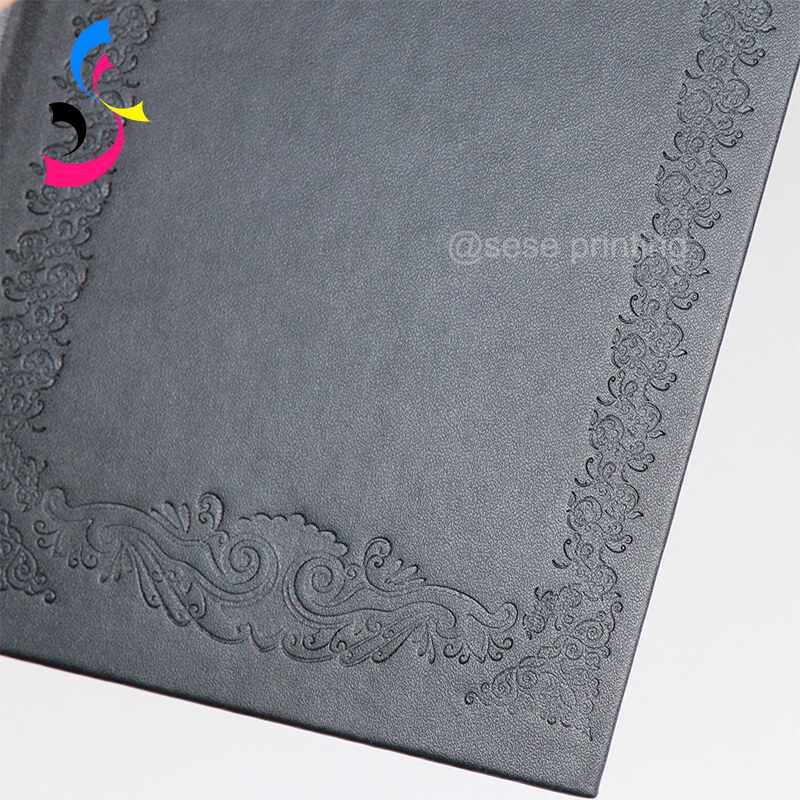
 How to Make a Graphic Novel
How to Make a Graphic Novel  You May Also Like
You May Also Like
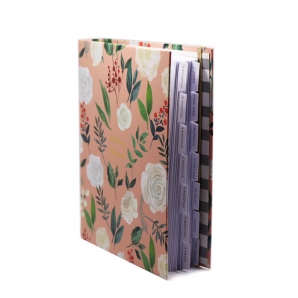

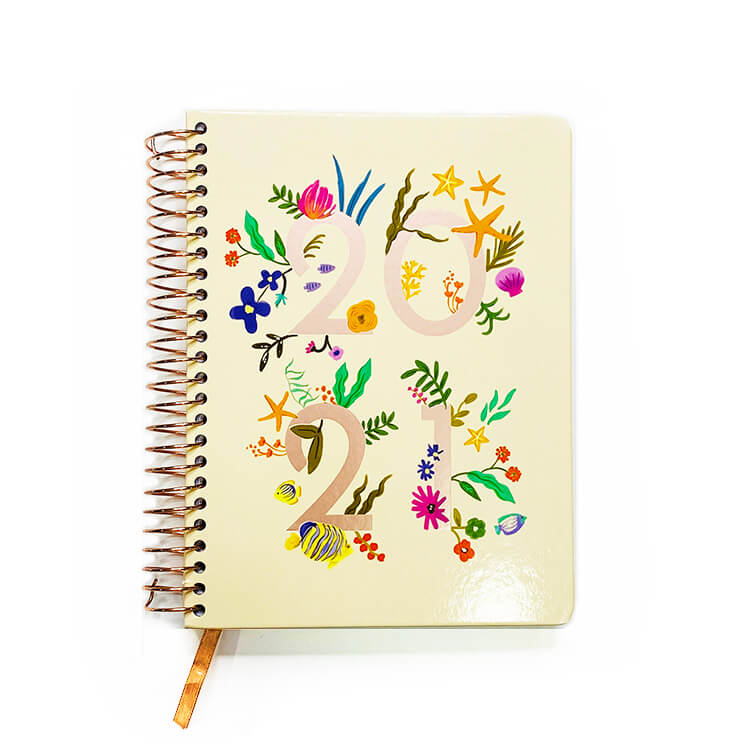

 Tel
Tel
 Email
Email
 Address
Address







